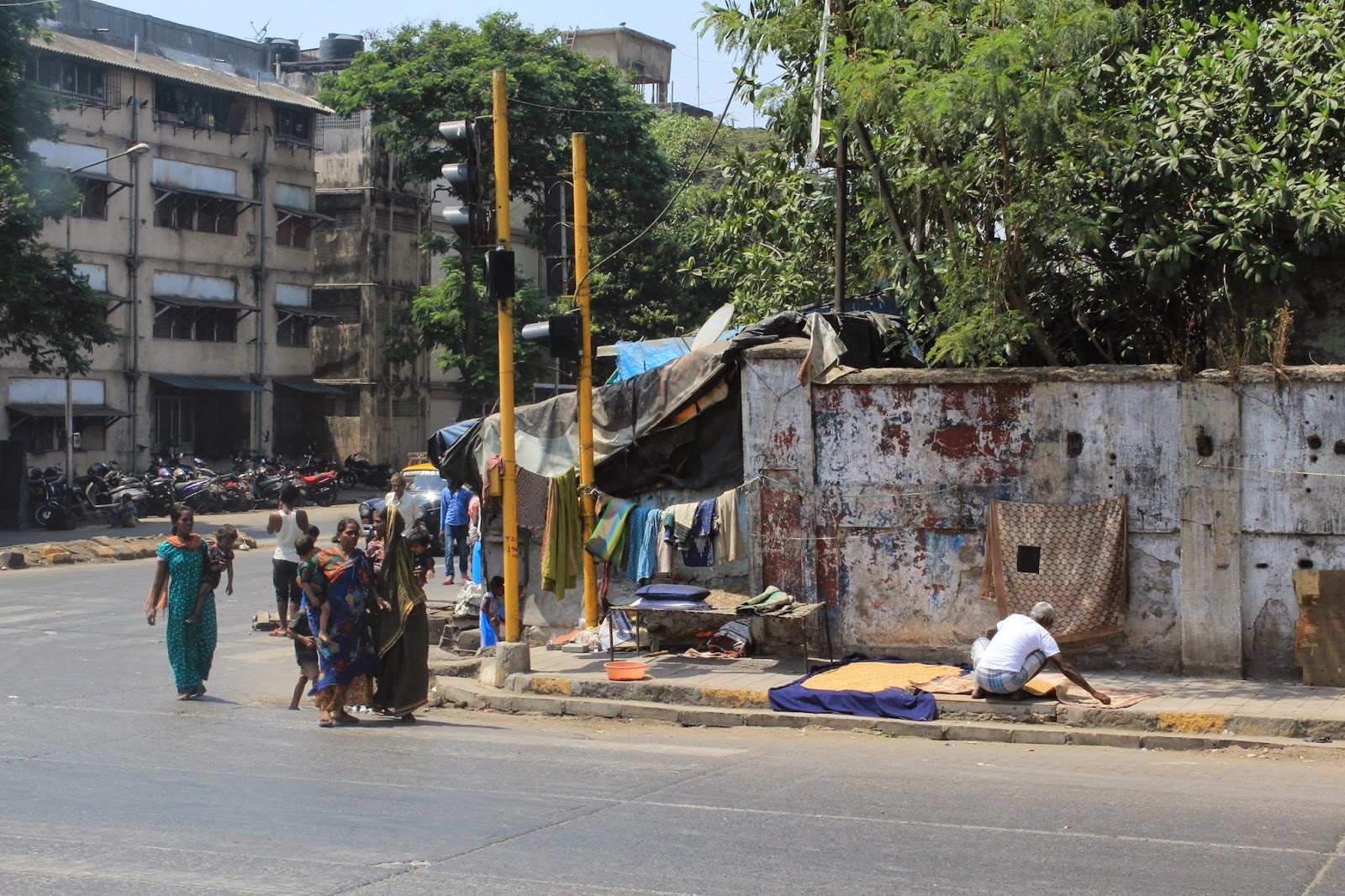 |
| Colonized wall in Mumbai. Lucas de Abreu, 2015 |
A wall can be understood as an
architectural element. Within an enclosed space, a wall is the element that
makes the partition into more spaces. It can also define interior and exterior,
creating isolations for a number of reasons: climate, such as in cold places,
the walls can insulate heat within the contained space; privacy, in order to
emphasize individuality; security, to protect one’s belongs from robbery or other
sort of violence; among numerous other examples.
A wall can also be understood as an urban
element. When detached from the building, a wall becomes an element of division
of urban actors. These are the fences around a suburban house, defining the
partitions of a property; the barriers around high-speed roads that cut the
city, avoiding people to cross it and create an accident; or the walls of a
luxury condominium, creating an exclusive island within a city that neglects
not only the nearby streets and neighbors but also the rest of the city.
Finally, a wall could also be understood
as a new building type. If taken the example of the informal dwellings built
around the walls of the most expensive house in the world, in Mumbai, mentioned
earlier, here the wall was more than a deadpan, it acted a building type. When
a void is created within a wall and a program is added to it, there is a new
relationship between the private space and the street. If a street is formed by
a series of buildings with an open façade facing the street, a wall in which a
void and program is contained, is not different from the former, taken the
perspective of someone in the street.
The aim of this project is, therefore,
not to tear down walls, fighting against an urban condition already rooted in
contemporary cities, but to use it in favor of the rest of the city: colonize
walls. If walls are relevant for some urban users and are really going to be an
urban feature for the years to come, so it is better for all to rethink them:
not as an element, but as a new typology.
No comments:
Post a Comment
Note: Only a member of this blog may post a comment.